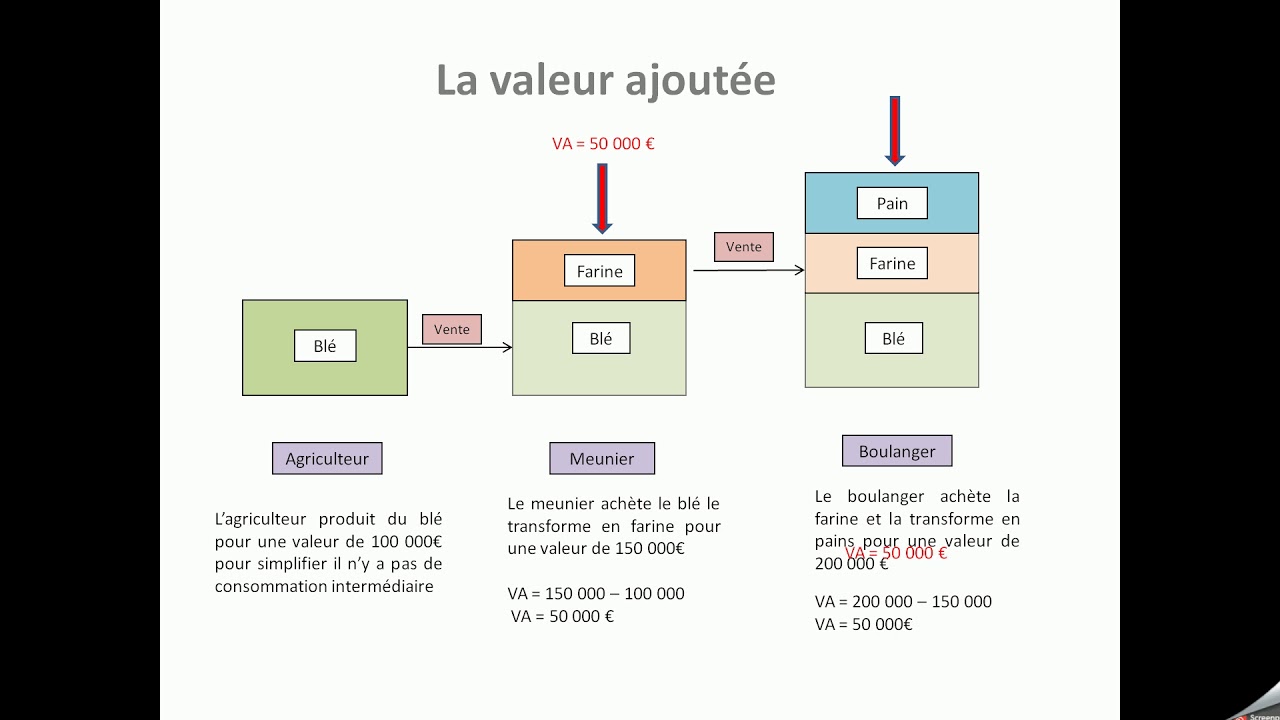Delete Your Online Presence: A Step-by-Step Guide

Table of Contents
Assessing Your Online Presence
Before you can start deleting your online presence, you need to know exactly what you're dealing with. This involves a thorough assessment of your digital footprint.
Identifying Your Digital Footprint
This is the first and arguably most important step in the process of deleting your online presence. You need to identify every website and platform where you have an account or where your information might appear. This includes, but isn't limited to:
- Social Media: Facebook, Twitter, Instagram, LinkedIn, TikTok, Pinterest, etc.
- Online Forums and Communities: Reddit, Stack Overflow, niche forums related to your interests.
- Online Stores and Marketplaces: Amazon, eBay, Etsy – anywhere you've made a purchase or sold items.
- Gaming Platforms: Steam, Playstation Network, Xbox Live, etc.
- Dating Sites and Apps: Tinder, Bumble, OkCupid, etc.
- Email Providers: Check your inbox for account registrations and confirmations.
- Websites with User Accounts: News sites, blogs, online games – anywhere you've created an account.
To help you identify all your accounts and online mentions, try these methods:
- Use online search engines: Search for your full name, variations of your name, your email addresses, and any usernames you've used.
- Check your email accounts: Review your inbox and spam folder for registration confirmations and newsletters.
- Review old devices and accounts: Look through old computers, phones, and tablets for forgotten login details.
Prioritizing Accounts for Deletion
Once you've compiled a list of your online presence, it's time to prioritize which accounts to delete first. Focus on accounts with sensitive personal information, such as:
- Financial accounts: Online banking, investment platforms, etc.
- Medical information: Online health portals, doctor's websites.
- Government IDs: Accounts linked to your driver's license or passport.
To stay organized, create a spreadsheet:
- Account Name: The name of the account (e.g., Facebook, Twitter).
- Login Details: Your username and password (store securely!).
- Personal Information: The type and level of personal data associated with the account.
- Priority: High, Medium, or Low, based on the sensitivity of the information.
Deleting Social Media Accounts
Social media platforms are a major part of many people's online presence. Deleting these accounts is a crucial step in minimizing your digital footprint.
Step-by-Step Deletion Process
The process of deleting a social media account varies depending on the platform. Carefully research the specific steps for each platform. Here's a general outline:
- Access account settings: Find the settings or privacy section.
- Locate the "delete account" option: This is often buried within the settings menu.
- Follow the platform's instructions: Each site has a unique process, which often involves confirming your decision.
- Download your data (optional): Most platforms allow you to download a copy of your data before deletion.
- Allow for processing time: Deletion might not be instantaneous.
Handling Connected Services
Remember to disconnect any linked services or applications. For example, disconnect your Facebook account from your Instagram account, or any third-party apps that have access to your data. This ensures that your information isn't still accessible through these linked services, which is important for fully deleting your online presence.
Removing Information from Search Engines
While deleting accounts removes information from the source, it doesn't guarantee complete removal from search engine results.
Understanding Search Engine Optimization (SEO)
Search engines like Google use complex algorithms to index information. Understanding this helps you minimize your visibility. You can't fully erase your presence from the internet, but you can reduce it significantly.
- Request removal under data privacy regulations: Laws like GDPR in Europe allow you to request the removal of personal information under certain circumstances.
- Use Google's removal tool: Google offers a tool to request the removal of outdated or inappropriate content from search results. This is effective for things like old contact information or embarrassing photos.
- Contact website owners: If your information appears on a website, contact the owner and request its removal.
Managing Online Reputation
Dealing with negative information online is a more complex process. Strategies include:
- Contacting website owners: Politely request the removal of inaccurate or defamatory information.
- Reputation management services: These services can help mitigate negative search results, but they can be costly. This is often a last resort.
Protecting Your Future Online Presence
Once you've taken steps to reduce your existing online presence, it's crucial to protect your future digital footprint.
Choosing Strong Passwords
Use unique, strong passwords for all your online accounts. Consider a password manager to help you securely manage your passwords.
Privacy Settings
Maximize privacy settings on all your active accounts. Limit what information you share publicly and be mindful of your data footprint.
Regular Online Audits
Regularly check your online presence to identify and address any new accounts or information you wish to remove. This proactive approach ensures your hard work doesn't go to waste.
Conclusion
Deleting your online presence is a multi-step process demanding time and attention. By systematically following these steps—assessing your digital footprint, deleting social media accounts, removing information from search engines, and protecting your future online presence—you can significantly reduce your visibility and enhance your digital privacy. Remember that complete deletion is nearly impossible, but minimizing your online presence is achievable with dedication and a strategic approach. Start taking control of your online identity today and begin to effectively delete your online presence.

Featured Posts
-
 Netflixs Success Story Outperforming Big Tech Amidst Tariff Uncertainty
Apr 23, 2025
Netflixs Success Story Outperforming Big Tech Amidst Tariff Uncertainty
Apr 23, 2025 -
 Vehicle Subsystem Issue Forces Blue Origin To Cancel Rocket Launch
Apr 23, 2025
Vehicle Subsystem Issue Forces Blue Origin To Cancel Rocket Launch
Apr 23, 2025 -
 Brewers Nine Base Steal Record Fuels Blowout Victory
Apr 23, 2025
Brewers Nine Base Steal Record Fuels Blowout Victory
Apr 23, 2025 -
 Gdje Kupovati Za Uskrs Otvorene Trgovine
Apr 23, 2025
Gdje Kupovati Za Uskrs Otvorene Trgovine
Apr 23, 2025 -
 Infotel Delivrance De Valeur Ajoutee Et Satisfaction Client
Apr 23, 2025
Infotel Delivrance De Valeur Ajoutee Et Satisfaction Client
Apr 23, 2025
